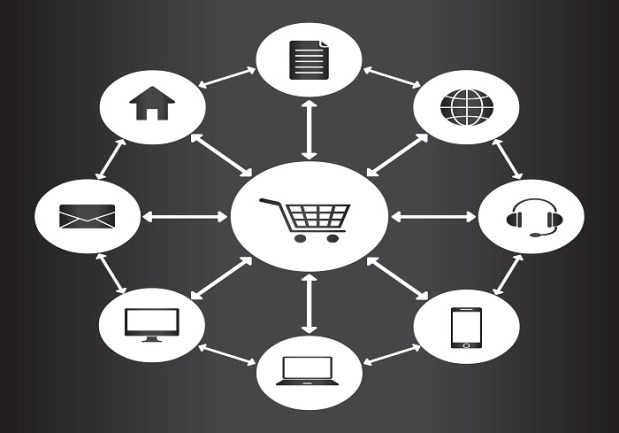Does Amazon Hold The Key To Omnichannel’s Data Impasse?

There was a time when no matter what, the customer was always right. That kind of obsequious business philosophy might have worked when mom-and-pop shops defined the economic landscape, but companies the size of Amazon and Uber need to be a little more judicious with their refunds and outreach efforts if they have any hopes of keeping their heads above water – and that goes doubly and triply so for all the retailers that can’t attain the heights their industry leaders have.
It’s an unspoken fact of modern retail: the customers isn’t always right, but it’s worth it to the bottom line to make them think they are. However, as these same shoppers take a closer look at the data merchants need to grease the wheels of a successful omnicommerce experience, retailers might have to find a new governing philosophy for consumer preferences – and fast.
The story starts with a new study from Periscope by McKinsey on consumer expectations surrounding omnichannel experiences with a special eye toward data stewardship and control. Across both U.S. and U.K. markets, about half of all consumers said that they demanded the ability “to select items online and be directed to them in the store.” “Demand” might be a strong word here – retailers have been marketing click-and-collect and online-to-offline programs for years, so it’s not surprising that it’s becoming a default expectation for the average consumer.
Where things go off the rails is in how consumers have come to view the personal data that underpins these omnicommerce experiences. And for 60 percent of U.K. shoppers and 62 percent of Americans, they’re not quite willing to give retailers the access they need to facilitate the omnicommerce functionality they want.
Even Channie Mize, general manager for retail at Periscope, struggled to explain a possible solution to the contradictory findings.
“Implementing a traditional analytics platform is not enough anymore – retailers have to use new tools to bridge the in-store and online experience with platforms and algorithms that are situation aware and make recommendations in that context,” Mize said in a statement. “A first step is to move to prescriptive customer analytics to optimize offers for loyal consumers across both online and offline channels.”
Loyal customers are hardly the ones who retailers need to be worried about – it’s the millions of others who routinely hop between merchants when the prices are right that are understandably more cognizant of where their personal information is going and who is trying to get it to go somewhere else.
For many online-only or online-dependent retailers, there aren’t many opportunities other than the checkout page to open up a dialog with consumers over the value of omnichannel data to their overall shopping experiences. Enter Amazon, a digital merchant at heart that has been pivoting toward omnichannel operations in bits and pieces over the years. In particular, CEO Jeff Bezos has been coyly direct about the purpose of Amazon’s physical bookstore operation, which could expand to dozens or hundreds depending on the company’s aims.
“In these early days it’s all about learning, rather than trying to earn a lot of revenue,” Bezos told The Wall Street Journal back in May.
Amazon might have the right idea here. If consumers are still skittish about the safety of their personal data — but the experiences that make them spend more are tied to that same data — then it’s retailers that must bend over backward to make sure that information is in their ledgers. For retailers like Amazon, the answer is building physical outposts where shopping habits and purchasing behaviors can be studied like the data being kept from them now.
The only problem is how much longer every retailer that isn’t like Amazon may take to get into the game as well.
